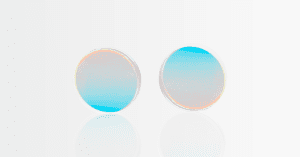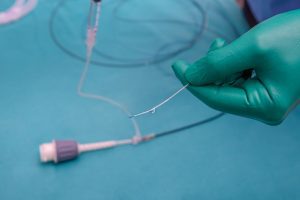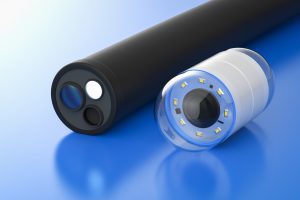Key Takeaways:
- Sapphire windows applications include aerospace (satellite viewfinders), medical devices (endoscope lenses), and manufacturing (semiconductor equipment) due to their extreme hardness, durability, and premium optical qualities.
- Sapphire is stronger and more scratch-resistant than glass, offering superior thermal stability and chemical resistance in harsh environments.
- Avantier specializes in custom sapphire optics, providing reliable solutions for these demanding applications across various industries.
Sapphire Windows Applications
Do you need extreme hardness and durability combined with premium optical qualities? Maybe you need sapphire. Sapphire window applications range from tiny endoscope windows for precision medical surgeries to satellite viewing windows on inner-space circuits. Sapphire isn’t just scratch-resistant, it’s also resistant to chemical etching. One of the more stable optical substances available, it is hard, inert, and thermally stable.
This article examines some of the chief applications of sapphire windows in aerospace, medicine, industry, and research. At Avantier, we produce high quality sapphire optics for all these applications.
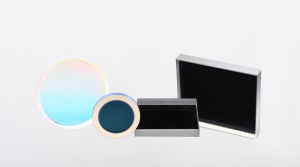
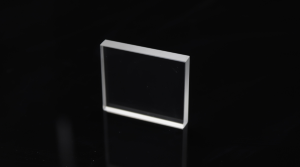
Sapphire windows applications range from satellite viewfinders to endoscope lenses and windows for other inter-operative imaging devices.
Sapphire Windows in Aerospace and Satellites
Aerospace comes with its own unique challenges. Optimal vision and clear windows for optical equipment are non-negotiable, but the extreme environment that they are exposed to would mar many substrates beyond recognition. Jolting starts and unexpected stops might shatter a weaker substance. Collisions with high-speed bugs, birds, or debris would leave scratches and blemishes. But sapphire is strong enough to withstand almost all jolting, crashes, and collisions that come with aerospace engineering, and it provides consistent quality throughout its lifetime. The only optical material more scratch-resistant than sapphire is diamond.
Since sapphire is mechanically stronger than glass, sapphire windows can be designed thinner and lighter than the equivalent window in glass. Sapphire aerospace windows are easy to clean, and they don’t require any protective coating. They provide good transmission over a wide range: from 250 nm to around 5000 nm.
Viewports on satellites are often made out of sapphire, for good reason. Sapphire is capable of resisting extremely high pressures and temperatures, resisting deformation at temperatures at which glass melts.

These properties mean sapphire windows can withstand extreme launch conditions. They also function reliably in the harsh environment of inner space, where temperatures range from deeply frozen to extremely hot and collisions with minute space-born debris might quickly obscure other windows.
Mechanical and thermal qualities of sapphire that make it ideal for aerospace include:
- Tensile Strength: 60,000 psi
- Compressive Strength: 300,000 psi
- Young’s Modulus: 74 x 106 psi
- Melting Point: ~2053°C (3727°F)
- Maximum operating temperature: ~1800°C (3272°F)
- Expansion at 25°C: 4.5×10-6/K-1
- Expansion at 1000°C: 9.0×10-6/K-1 (90° orientation)
- Specific Heat Capacity: 750 J/K at 300°K
Sapphire Windows in Medical Devices
Optics for medical optics must be durable, scratch-resistant, and able to withstand intense sterilizing and cleaning cycles. They also shouldn’t exhibit any off-gassing, even in hot or otherwise extreme environments.
There aren’t many substances that meet every requirement for medical optics such as endoscope optics. Sapphire is one. A sapphire optic can go through regular autoclave cycles without degradation, and will last far longer than a basic glass optic. It will maintain a clear, transparent surface even after exposure to rough surfaces or acid substances, enabling sustainable medical imagery. Sapphire optics can be manufactured to be extremely thin, making them lightweight and easy to handle.
Sapphire’s radiolucent properties make it a good choice for CT, MRI, and X-ray inter-operative imaging. During laser procedures, the high thermal conductivity of sapphire enables enhanced cooling.
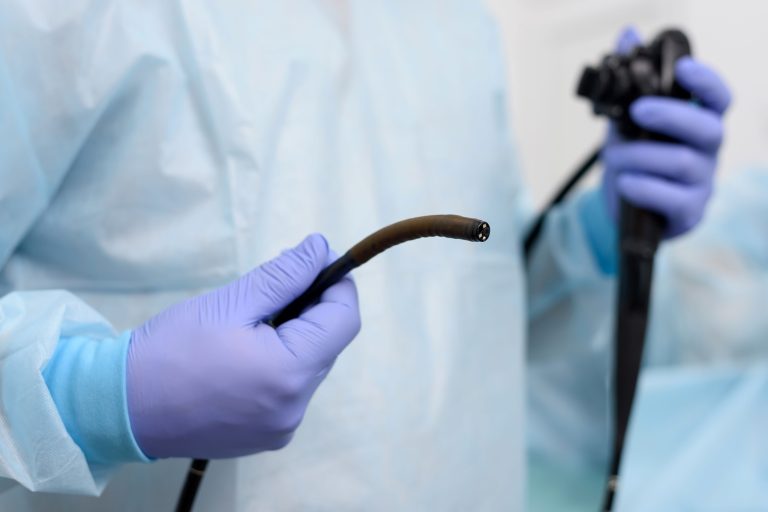
Sapphire Windows in Manufacturing and Industry
Sapphire windows play an important role in industry and manufacturing as well. One example is in the manufacture of semiconductor equipment. Plasma etching equipment, chemical vapor deposition equipment, washing equipment and diffusion furnaces all rely on chemically inert, thermally stable windows that can isolate reaction chambers and still provide a clear view of the process.
That’s only a few of the many uses of sapphire windows. Sapphire windows can be found in many optical devices, from laser systems to microscopes to optical filters. Their scratch resistant properties make them highly valued in consumer products like high end watches and smart phones. They are used in smart cars to protect LIDAR systems, and in military and defense applications to enable delicate surveillance equipment to perform flawlessly in
Sapphire Windows at Avantier
At Avantier, we support our clients by producing custom sapphire windows in a wide variety of shapes and sizes for demanding applications like these. Contact us today if you’d like more information or are ready to put in a custom order.
GREAT ARTICLE!
Share this article to gain insights from your connections!


